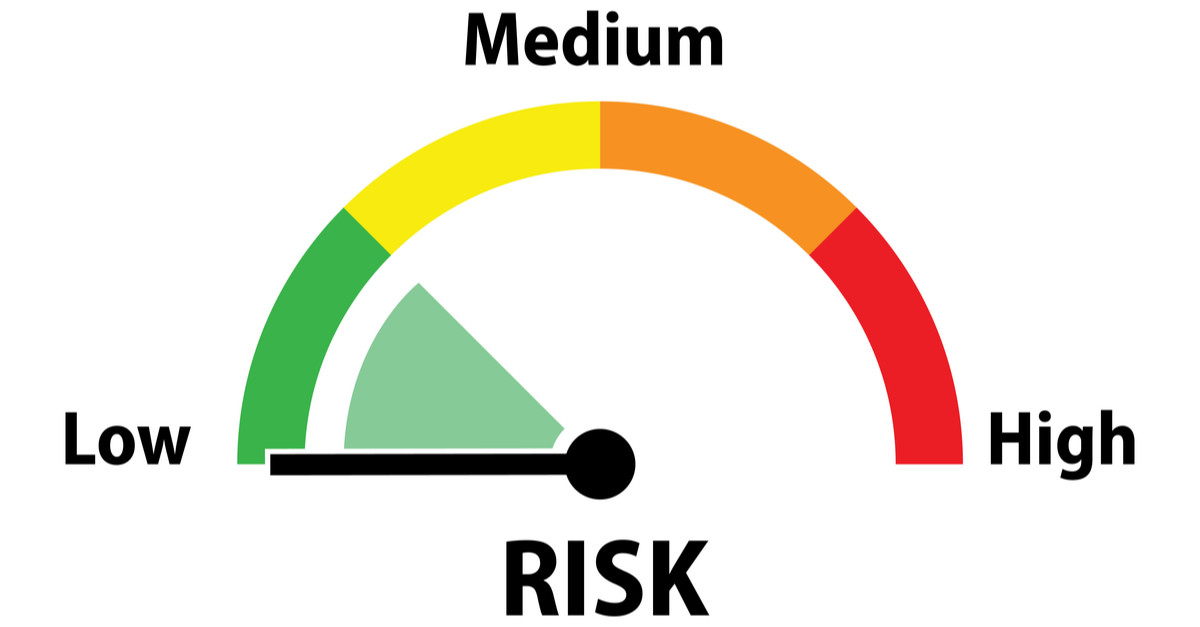Learning more to worry less.
It’s stressful to think constantly about how to prevent yourself and your family from catching COVID-19! Given the seriousness of the potential consequences—like hospitalization, being put on a ventilator, or even dying—the stress is understandable, and you might feel pressure to work obsessively to lower your risk.
Hypervigilance can be physically tiring and psychologically draining. But learning the facts about how COVID-19 spreads can help you to make informed choices with less strain. Armed with knowledge, you will feel more confident that you’re taking sound steps to protect yourself and your loved ones based on your vulnerability, as well as the time, energy, and resources you have.
COVID-19 spreads from person to person, and it does so when an infected person coughs or sneezes small droplets that get into your nose, mouth, or (maybe) your eyes. That’s why staying away from other people is the most important thing you can do.
Touching things that sick people have touched or coughed on is not the main way that people spread COVID-19. Even though this novel coronavirus can live for up to 24 hours on cardboard in lab conditions, and longer on some harder surfaces, it immediately begins to break down. In real-world conditions—where the virus can be roughed up by things like wind, water, and contact with other objects—it weakens faster than in a lab. To get COVID-19 from a surface, you would have to get the intact virus on your hands and then touch your face. In short, the longer this virus sits out on a surface, the less likely it is to make you sick.
With that said, don’t touch your face and do wash your hands after touching things that lots of other people have touched—like the credit card machine at the pharmacy, the front door to your apartment complex, or subway railings. (This was good advice even before COVID-19!) Also, disinfect the things in your house that many people touch, like doorknobs, counters tops, and light switches.
Even in the pandemic, certain surfaces are less risky than others. These include objects that few people have touched, such as a takeout container, or surfaces that are more absorbent, like a cardboard box. So while wiping down your groceries or quarantining your Amazon boxes probably doesn’t hurt, it also probably doesn’t help much, based on what we know about how this virus spreads.
Now that you know how the virus actually spreads, consider your risk, and pick your battles!

Last updated March 29, 2020 at 6:55pm ET
Science review: JAB, GSN